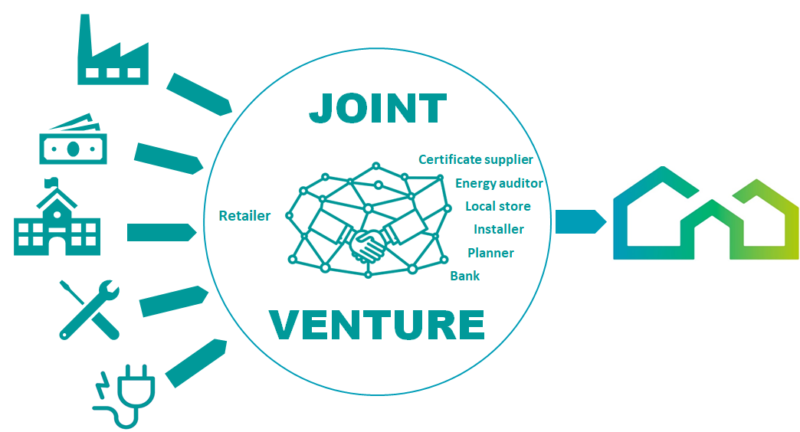[ad_1]
For optimum success, U.S. companies that manufacture in Mexico must not only produce a viable product at a competitive prices, but also operate within U.S. Customs guidelines.
While the above mentioned responsibility lies with the maquiladora (the international factory in Mexico assembling raw goods into products) to ensure paperwork is filed correctly, and in accord with proper North American Free Trade Agreement procedures, the manufacturing company has trust and ensure that its suppliers understand and abide by NAFTA guidelines in their provision of NAFTA paperwork. Critical to this is the NAFTA Certificate of Origin, explains Steve Haywood, president of FOCUS Business Solutions, Inc., a nationally licensed U.S. Customs brokerage firm specializing in NAFTA Customs-regulations issues.
Routinely filed by companies producing goods in Mexico for shipment to the States, as well as by their supply chain partners, with the goal of obtaining preferential tariff consideration, the NAFTA Certificate of Origin maintains items covered by the document are “originating” North American goods as defined in NAFTA Chapter 4. Sometimes a NAFTA analysis will be conducted by Customs to substantiate those claims.
“Companies have to do the analysis, most often with the assistance of a Customs expert, to determine whether a finished good will qualify as a NAFTA good,” Haywood notes. “In order to begin the process, companies must first know the harmonized tariff classification of the finished good for which the NAFTA benefits are sought.”
Revisions to the current Harmonized Tariff Schedule of the United States became effective on March 15, 2012. U.S. International Trade Commission advises checking the Change Record, which will list all major changes since the previous version – although staged rate reductions from trade agreements are not included. Published by the U.S. Internal Trade Commission, the HTS provides applicable tariff rates and statistical categories for merchandise entering the States.
However, U.S. Customs has the final say on import classifications.
“The NAFTA regulations have what are referred to as Rules of Origin,” Haywood says. “Every harmonized tariff number has a specific Rule of Origin that specifies what is required in order to qualify a particular item as a NAFTA, North American originating, good.”
There are different ways to qualify a manufacturing company’s good via the Rules of Origin. The first, a NAFTA tariff shift rule, usually requires a change in the harmonized tariff classifications of the raw components as compared to the harmonized tariff classification of the finished merchandise. First, the importer should examine the Bill of Materials to identify the origin of all items composing the manufactured product. If all are “originating,” the goods will qualify for NATA treatment. If other raw materials originate from the partner country, generally there is no issue; however, all non-originating materials must be identified as such. Once the correct tariff classification of the final manufactured product is located and the applicable tariff shift rule applied, a tariff classification must be assigned to the non-originating material to be in line with NAFTA.
A second option is a Regional Value Content calculation, or RVC. First, the value of qualified goods provided by the supplier is determined, and then a value is placed on the goods lacking NAFTA certification. Subtracting the difference, Haywood says, determines the value of the North American content. Depending on the NAFTA Rule of Origin for a particular industry, a company may need to meet a specified North American content requirement when doing business in Mexico.
A third Rule of Origin basically combines meeting a specific tariff shift rule with meeting the Regional Value Content requirement.
If U.S. Customs decides to audit, inspections can manifest either as on-site visits or requests for back-up documents via mail or e-mail. Either way, proper documentation is necessary to demonstrate qualification for NAFTA’s benefits when doing business in Mexico.
A failed audit can mean a company may be required to back-pay duties from the past five years, plus interest. And Customs can issue penalties that could be up to two, four or eight times the total amount of underpaid duties.
Companies seeking guidance can contact individuals and organizations with an expertise in working through NAFTA certificate of Origin issues. The Offshore Group’s staff of Import Export professionals would be a good place to start.
[ad_2]
Source by Steven A. Colantuoni


/JointVenture_397540_final_2-1eee631af3444e9ea3019ebbb6c890e9.png)











